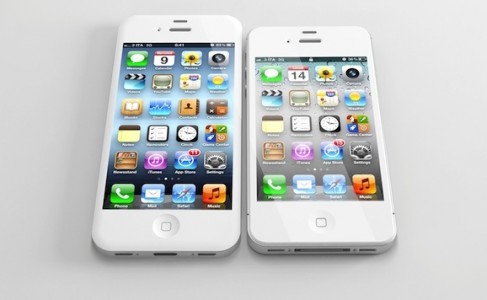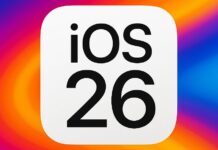Noul iPhone pe care Apple ar urma sa il lanseze in toamna acestui an ar urma sa aiba incorporat un ecran de 4 inch. Deocamdata nu stie nimeni ce rezolutie va avea dispozitivul, insa unii spun ca ne-am putea astepta ca 1152 x 640 pixeli sa fie afisati pe ecranul viitorului terminal. In acest caz dezvoltatorii de aplicatii pentru iOS ar trebui sa refaca o parte din grafica propriilor aplicatii pentru a le putea rula fara probleme si aici vorbim despre munca in plus si timp de dezvoltare pierdut.
Changing the aspect ratio would be a lot of work for development teams. We found that maybe 50 percent of iOS development is [spent] in layout,” he said in an interview on Friday. “If we had to do two versions of that, the current aspect ratio and a new aspect ratio, and had to lay it out again, that would add considerably to our development time. Apple often changes the requirements for iOS applications but they usually give developers fair warning and decent tools to accommodate new devices. The transition to Retina display and iPad were both relatively straightforward
Ei bine in ciuda acestor zvonuri, dezvoltatorii de aplicatii nu sunt catusi de putin ingrijorati de schimbarile pe care Apple ar urma sa le faca. Chiar daca va aparea o noua rezolutie prin lansarea iPhone 5, dezvoltatorii sunt convinsi ca Apple va gasi o metoda prin care sa permita tuturor sa ruleze vechile aplicatii pe noul terminal. In aceasta ideee, dezvoltatorii sunt convinsi ca Apple le va oferi instrumentele necesare pentru a dezvolta aplicatii si pentru noua rezolutie, deci toata lumea se bazeaza pe ideea ca Apple este indeajuns de „desteapta” pentru a nu strica platforma iOS, chiar si in cazul introducerii unei rezolutii noi.
A bigger display could mean a few things. It could mean that the display has a higher resolution while retaining the same aspect ratio. The new display might be a different shape. Finally, the display might simply grow while retaining the old resolution. But changing the resolution or aspect of the display need not have an effect on user interface elements, just their layout. Bars and controls could stay the same size while content areas expand to fill the additional screen real estate.
Apple might help developers transition between form factors by providing a system that would automatically adjust layouts for new resolutions and display aspects. Last year at WWDC, they revealed a component for Mac OS X called Cocoa Auto-Layout that allows developers to define layouts using fairly simple, freeform constraints. A system like this could also work on iOS.
In concluzie, indiferent ce decizie va lua Apple in privinta rezolutiei, toata lumea este convinsa ca utilizatorii nu vor fi afectati, iar dezvoltatorii vor avea la dispozitie tot ce le trebuie pentru a isi adapta usor aplicatiile.






























Eu cred ca vor ‘impumuta’ rezolutia Ipad-ului 1 si 2: 1024×768, pe un ecran de 4 inch va fi tot retina…
Aia este o rezolutie 4:3… Imposibil pentru un telefon.
Si eu tot 1024X768 spun, la fel ca @Javanotti. Si 3,7 MAXIM, caci stiu ca Apple se gandeste la mine. 🙂
@xyzt cand va tot aud cu 3.7 inch asta ma ia durerea de cap,ma voi de unde le scoateti pe astea cu 3.7”?Tu ai idee ce diferenta este de la 3.5” la 3.7”?E fix nimic,cam un mm mai lung si un mm mai lat ecranul,wow asta e revolutie,cum deja ti se pare tie perfect ala de 3.7,dar cel cu 2 mm mai mic este infiorator de mic pt tine….Wake up dude nu o mai arde aiurea cu 3.7” ca nu o sa scoata nimeni aberatia aia,ori ramane la 3.5” ori va face 4”, 4.3” s.a.m.d……
Bine ca nu vrei ecran de 3.51” si sa spui ca ala ar fi perfect…
Numai conservatori p-aici frate ce sa te mai faci :))